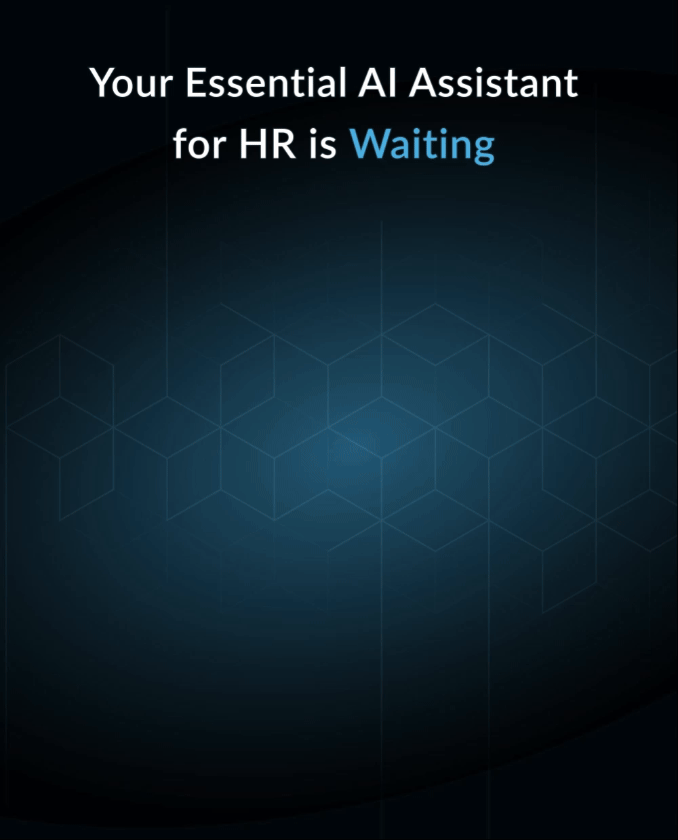There Is Now A Job For Everyone Who Wants One: What Does This Mean?
Last week the Bureau of Labor Statistics announced that there are now as many job openings as their are unemployed Americans (6.6 million). In many ways this is an amazing feat, one which would seem to be very good news for all of us.
 |
While most of us see this as good news, we know the job market doesn’t work this way. Many of these jobs are in cities where we don’t have enough workers, and many require technical and deep new skills which are very hard to find. Jobs for software engineers who know “machine learning” algorithms, for example, are 9-times more in demand than the average job opening.
So what we’re really seeing here is a brand new problem: a labor shortage taking place in many cities and companies around the world. As most of you know, the US fertility rate is at an all-time low (around 1.9 children per family), so we are not replacing the workers we have. How can we make this up? Through two easy to understand solutions: immigration (a political football) and longevity. Yes, believe it or not, we are going to have to tap into what we call the Longevity Dividend, bringing older workers directly into the workforce.
I have been talking with companies about the issues of employing people later in their careers, and most agree it’s a great idea – but they aren’t yet sure how. Older workers make more money, the often need new skills, and sometimes they are not comfortable working for people 20 years their junior. We have a new topic to deal with at work: generational bias, and how we make it go away.
Talent Strategies For The Future
In this red-hot labor market we suddenly have a lot of new issues to address. Can we move work to cities where people live? Can we more rapidly retrain people for these jobs of the future (my research shows that retraining people to become software engineers, for example, can be six times less expensive than hiring them)? Can we create a generationally inclusive company that keeps older workers on the job? And can we re-engineer rewards and benefits so people stay with our companies longer, even if they work part-time?
This economic news looks good from many perspectives, but I think it is going to create a lot of new stress for HR and business leaders. The topics of employment brand, employee engagement, productivity, and internal career development are now becoming business critical. Lots to think about in the year ahead.
